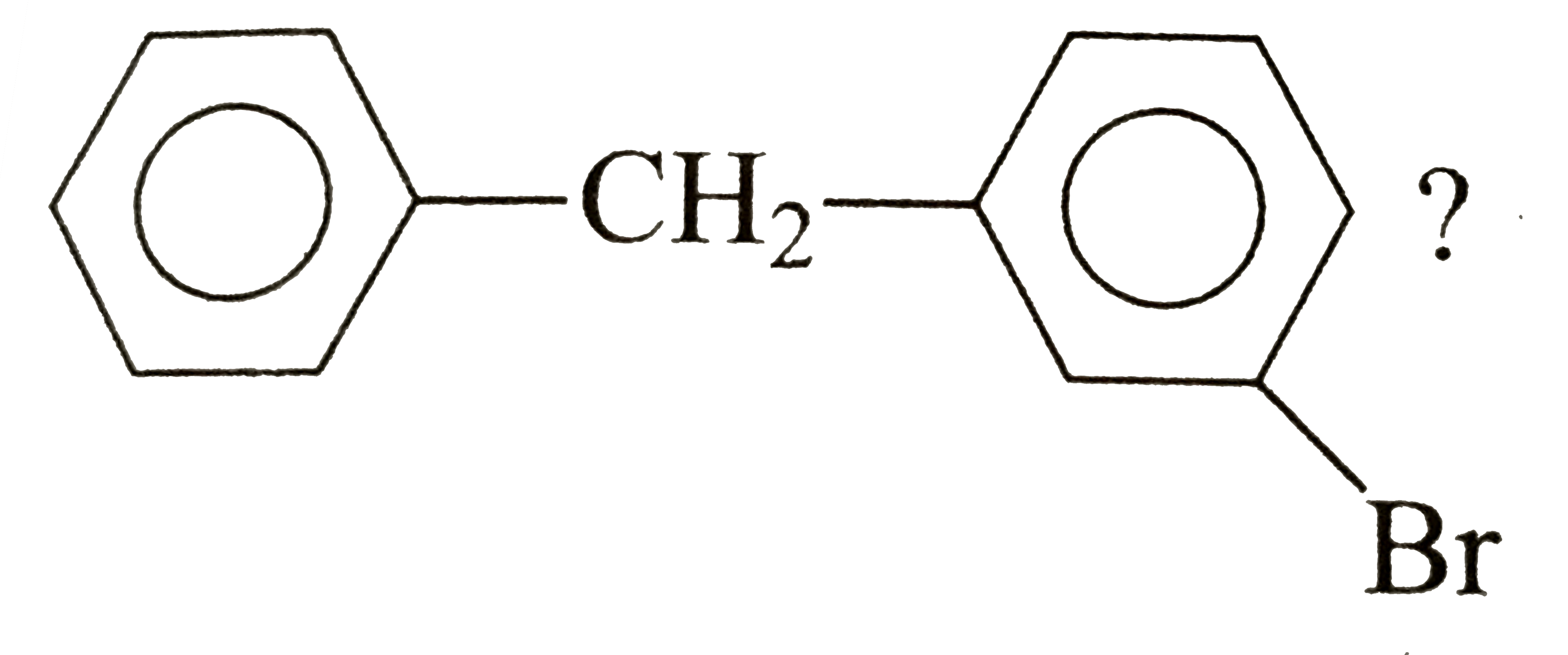Describe the sequence of terms, when you are going to describe the gynoecium of any problem.
To describe the gynoecium of a flowering plant, we can follow a systematic sequence of terms. Here’s a step-by-step breakdown:
1. Number of Carpels:
- Begin by identifying the number of carpels present in the flower. Carpels are the individual units of the gynoecium, and they can be singular or multiple.
2. Apocarpous or Syncarpous:
- Determine whether the carpels are free (apocarpous) or fused (syncarpous). This classification helps in understanding the structure of the gynoecium.
3. Position of the Ovary:
- Describe whether the ovary is superior or inferior. A superior ovary is located above the other floral parts, while an inferior ovary is positioned below them.
4. Number of Locules:
- Count the number of locules (chambers) in the ovary. This indicates how many sections the ovary has and correlates with the number of ovules.
5. Placentation:
- Discuss the type of placentation, which refers to the arrangement of ovules within the locules. Common types include axial, basal, parietal, free central, and marginal placentation.
6. Number and Length of Styles:
- Note the number of styles and their lengths. Styles are the stalks that connect the stigma to the ovary, and their characteristics can vary.
7. Position of the Style:
- Describe the position of the style in relation to the ovary. It can be terminal (growing from the top), lateral (growing from the side), or gynobasic (arising from the base of the ovary).
8. Number and Shape of Stigmas:
- Identify the number of stigmas and their shapes. Stigmas can be single or multiple and come in various shapes, which can affect pollen reception.
9. Nature of the Stigma:
- Finally, describe the nature of the stigma, such as whether it is sticky, feathery, or hairy. This characteristic is important for understanding how pollen grains adhere and germinate.
- Begin by identifying the number of carpels present in the flower. Carpels are the individual units of the gynoecium, and they can be singular or multiple.
- Determine whether the carpels are free (apocarpous) or fused (syncarpous). This classification helps in understanding the structure of the gynoecium.
- Describe whether the ovary is superior or inferior. A superior ovary is located above the other floral parts, while an inferior ovary is positioned below them.
- Count the number of locules (chambers) in the ovary. This indicates how many sections the ovary has and correlates with the number of ovules.
- Discuss the type of placentation, which refers to the arrangement of ovules within the locules. Common types include axial, basal, parietal, free central, and marginal placentation.
- Note the number of styles and their lengths. Styles are the stalks that connect the stigma to the ovary, and their characteristics can vary.
- Describe the position of the style in relation to the ovary. It can be terminal (growing from the top), lateral (growing from the side), or gynobasic (arising from the base of the ovary).
- Identify the number of stigmas and their shapes. Stigmas can be single or multiple and come in various shapes, which can affect pollen reception.
- Finally, describe the nature of the stigma, such as whether it is sticky, feathery, or hairy. This characteristic is important for understanding how pollen grains adhere and germinate.
Topper's Solved these Questions
- BOOK - MODERN PUBLICATIONCHAPTER - MORPHOLOGY OF FLOWERING PLANTS EXERCISE - NCERT FILE ( NCERT EXERCISE QUESTIONS )14videos
MORPHOLOGY OF FLOWERING PLANTS
- BOOK - MODERN PUBLICATIONCHAPTER - MORPHOLOGY OF FLOWERING PLANTS EXERCISE - NCERT FILE ( NCERT EXEMPLAR PROBLEM (A. MULTIPLE CHOICE QUESTIONS) )9videos
MORPHOLOGY OF FLOWERING PLANTS
- BOOK - MODERN PUBLICATIONCHAPTER - MORPHOLOGY OF FLOWERING PLANTS EXERCISE - CASE BASED SHORT ANSWER TYPE QUESTIONS2videos
MORPHOLOGY OF FLOWERING PLANTS
- BOOK - MODERN PUBLICATIONCHAPTER - MINERAL NUTRITION EXERCISE - CHAPTER PRACTICE TEST16videos
MINERAL NUTRITION
- BOOK - MODERN PUBLICATIONCHAPTER - NEURAL CONTROL AND COORDINATIONEXERCISE - Chapter Practice Test11videos
NEURAL CONTROL AND COORDINATION
Similar Questions
Knowledge Check
- Question 1 - Select One
The term hematuria is used to describe
AInternal bleedingBBlood in urineCBlood cancerDBlood poisoning - Question 2 - Select One
The term phyllotaxy is used to describe
Atype of ovary in a plantBmode of arrangement of leaves on the axis or stemCthe type of rootsDarrangement of sepals and petals in a flower. - Question 3 - Select One
Which term describes the Milky way?
Aspiral galaxyBirregular galaxyCelliptical galaxyDquasar
Describe any three functions of hypothalamus.
View SolutionMorgan coined the term linkage to describe
View SolutionWhen you play soccer,the motion described by the football is
 View Solution
View SolutionWhich sequence of steps describes the best synthesis of compound
 View Solution
View SolutionGreenhouse effect is a term used to describe
View Solution

